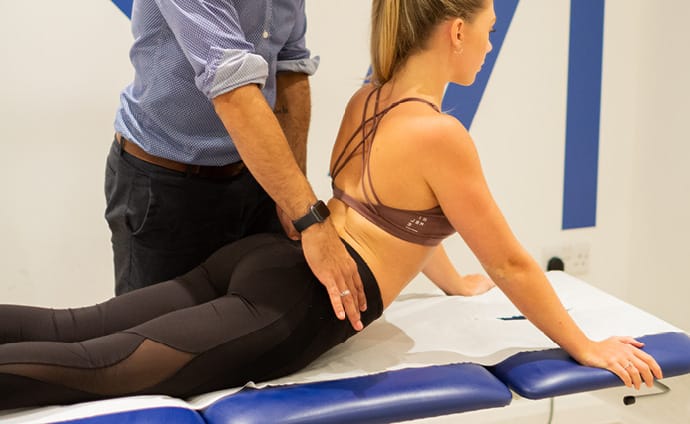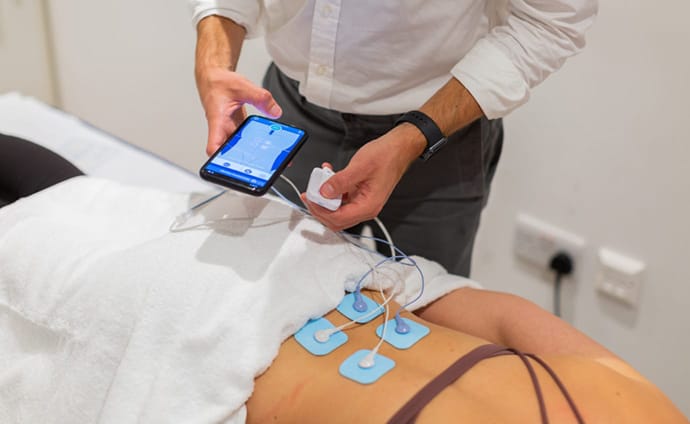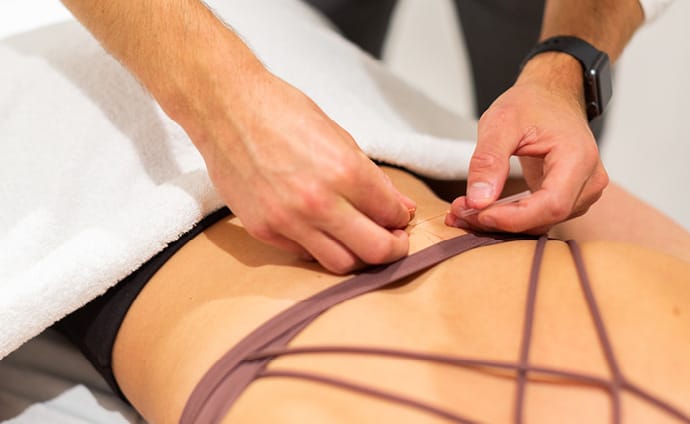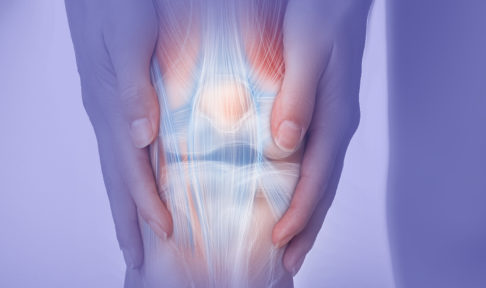Lower back pain can be completely debilitating, leaving you unable to move freely or in some cases without the ability to even get out of bed. However, when it comes to lower back pain there’s no one size fits all approach – there can be many different causes or problem areas that will need correct diagnoses and treatment – which is where physiotherapy comes in.
A professional physiotherapist is well placed to help figure out what sort of lower back pain you’re experiencing and consequently, what will be the most effective treatment for you.
Here are some of the most commonly seen types of lower back pain, and how physiotherapy can help.

Lumbar spinal stenosis
Spinal stenosis is caused when the openings of one or more of your vertebrae begin to narrow and contract, thereby not leaving enough space for your nerves. This can happen for a number of reasons, most commonly:
- When discs have degenerated over time.
- When the cartilage that covers the joints begins to break down, causing bones to rub against each other.
- Or, if there is a problem with your ligaments, which causes them to impede on your nerves.
When one of these processes occurs in your lower back, it’s known as lumbar spinal stenosis, as it has happened in the section of your spine called your lumbar spine.
Lumbar spinal stenosis can be combatted using physiotherapy using several techniques, however we recommend starting with a postural and mechanical assessment. We will assess all aspects of your life – from how active you are, how you sit or stand at work, factors such as weight and age or even emotional factors like stress, which can have a big impact. From here, we’ll create a customised treatment plan to suit your situation, which normally includes a number of our clinically proven treatments, including manual manipulations and mobilisations, as well as a series of tailored exercises to improve your overall spinal health.
We are always talking to our clients about injury prevention and trying to start healthy practices before a niggle becomes an ongoing back problem
Degenerative disc disease
Degenerative disc disease is more commonly found in older people, as it happens when discs between the vertebrae of the spinal column deteriorate or break down over time and cause pain. If you think of discs like shock absorbers in the body you can understand why, when they aren’t functioning properly, even normal amounts of movement can become extremely painful.
“We often see early degeneration in discs from a combination of poor posture, particularly those who spend long hours at a desk, as well as those who do not undertake effective recovery practices when they are young and exercising,” says one of Spectrum’s lead physios, Rob Foyster.
“I can put my hand up and admit that I rarely made the time to stretch and release after exercising as a teen and early adult and now suffer as a result – we are always talking to our clients about injury prevention and trying to start healthy practices before a niggle becomes an ongoing back problem.”
When degenerative disc disease occurs in the lower back, you might try McKenzie Therapy. This clinically proven method helps to assess and evaluate your movement, by focusing on imbalances and movement irregularities in areas that are causing pain. From here, you are given a series of personalised exercises so you can improve your spinal mobility and ultimately eliminate pain. Ant Brightwell, one of Spectrum’s lead physios, is one of only a few registered McKenzie therapists in London.
Alternatively, Transcutaneous Electrical Nerve Stimulation (TENS) therapy can be a good option, as it sends electrical pulses through a pad attached to your skin, which can help stimulate your body and release endorphins and other substances, which block pain signals in the brain.

Sciatica and disc bulge, including lower limb referral
Your sciatic nerve is the largest single nerve in your body, where five different nerve roots meet between your lumbar and sacral spine, which is right down in the lowest section of your spine. The nerve is actually made up of two parts – one for the left side of your body and one for the right. When there is an issue with your sciatic nerve, for example a disc bulge, some sort of compression or irritation, it can cause not only pain in your lower back, but also referred pain, numbness or tingling into your backside and down your legs. And in some cases, you won’t even feel the pain in your back at all and it will solely present in the lower half of your body, making it tricky for you to diagnose or manage without the help of a professional.
Physiotherapy can help treat sciatica in a number of ways. In the first instance, strengthening exercises can help to strengthen your spine and build muscles in your lower back, abdomen, buttocks and hips, which can help relieve the source of the pain. But it can also have added benefits of loosening muscles in the legs, like the hamstrings, which may be tight and painful as a result.
Dry needling can also be an effective treatment, as it will stimulate the sensory nerves under the skin, releasing pain-relieving chemicals like endorphins and reducing tightness.
It’s important to remember that not all leg pain is sciatica, so make sure you seek a professional opinion before beginning any treatment.

Non-specific lower back pain
Possibly the most frustrating of all the types of lower back pain you can suffer from is general lower back pain. This is when no specific medical condition like the ones listed above can be definitely diagnosed, however there are still ways that physio can help you become pain-free. In this instance it’s important that you don’t feel disheartened and make sure you persist until you find a physio that you trust and that helps you see the results you’re after.
Many of the treatments mentioned above will be effective in treating a range of different lower back conditions. Ultimately, a qualified physio will create a personalised treatment plan in response to how your condition is affecting you, and often this will use a combination of many different techniques and treatments.
Are you sick of experiencing pain in your lower back? Our team of fully qualified physios is here to help!
Simply get in touch with us and lock in an appointment, guaranteed within 24 hours.



